When searching for "cayenne pepper vs chili pepper," you're likely comparing cayenne (a specific chili variety) to other common chili peppers like jalapeños or habaneros. This article clarifies the key differences in heat, flavor, and culinary uses across popular chili varieties.
Table of Contents
- What Is Cayenne Pepper?
- Heat Comparison: Scoville Scale Breakdown
- Flavor Profiles: Beyond Just Heat
- Culinary Uses: Where Each Pepper Shines
- Buying Guide: Choosing the Right Chili
- FAQ: Your Burning Questions Answered
| Chili Type | Scoville Heat Units (SHU) | Heat Level | Flavor Notes |
|---|---|---|---|
| Cayenne Pepper | 30,000–50,000 | High | Sharp, pungent, slightly fruity |
| Jalapeño | 2,500–8,000 | Mild to Medium | Grassy, slightly sweet |
| Habanero | 100,000–350,000 | Very High | Fruity, floral, citrusy |
| Serrano | 10,000–23,000 | Medium | Crisp, bright, vegetal |
| Poblano | 1,000–2,000 | Mild | Earthy, smoky, rich |
What Is Cayenne Pepper?
Cayenne pepper is a specific variety of Capsicum annuum chili pepper, dried and ground into a fine powder. Unlike "chili pepper" (a general term for all hot peppers), cayenne is a distinct type known for its consistent heat and vibrant red color. It's commonly used in spice blends, hot sauces, and as a heat booster in savory dishes.
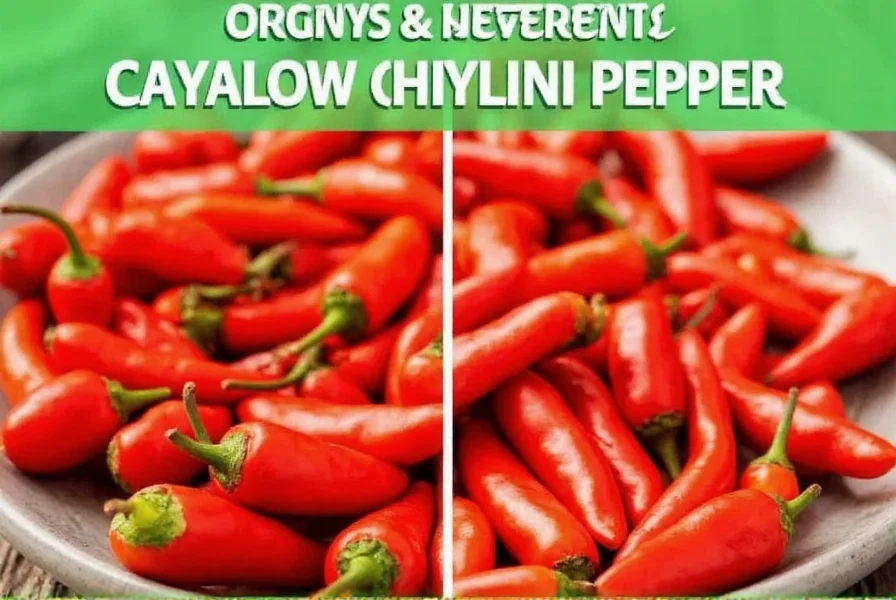
Heat Comparison: Scoville Scale Breakdown
The Scoville scale measures capsaicin concentration. Here's how cayenne stacks up against common chili peppers:
| Chili Type | Scoville Range | Relative Heat | Key Characteristics |
|---|---|---|---|
| Cayenne | 30,000–50,000 SHU | 3–6x hotter than jalapeño | Consistent heat, sharp finish |
| Jalapeño | 2,500–8,000 SHU | Mild baseline | Versatile, widely available |
| Habanero | 100,000–350,000 SHU | 2–11x hotter than cayenne | Fruity aroma, slow-building heat |
| Ghost Pepper | 855,000–1,041,427 SHU | 20–35x hotter than cayenne | Extreme heat, complex flavor |
Important note: Cayenne is significantly hotter than jalapeños (3–6x) but much milder than habaneros or ghost peppers. Its heat is sharp and immediate, making it ideal for quick flavor boosts without overwhelming complexity.
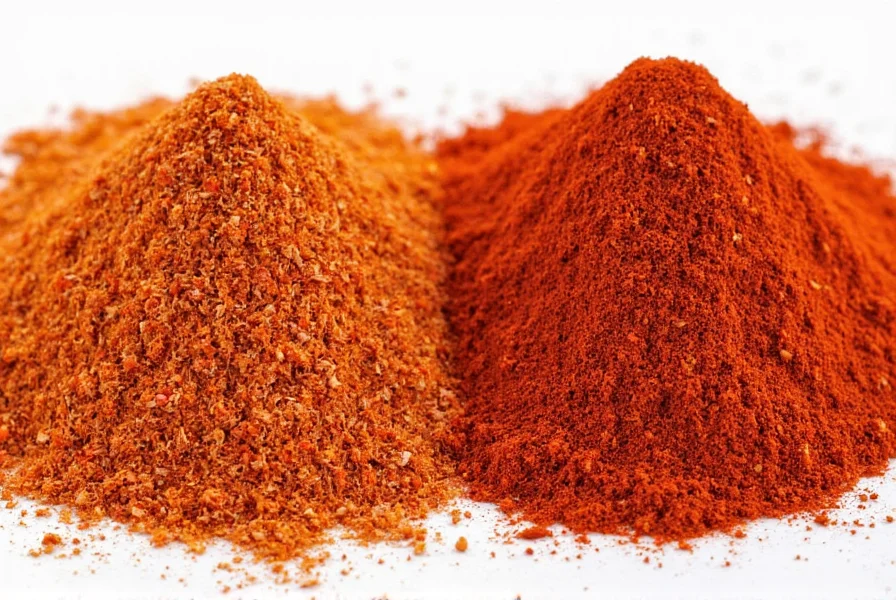
Flavor Profiles: Beyond Just Heat
Heat isn't everything. Each chili pepper has unique flavor characteristics:
| Chili Type | Flavor Notes | Best For |
|---|---|---|
| Cayenne | Sharp, pungent, slight fruitiness | Spice blends, hot sauces, rubs |
| Jalapeño | Grassy, vegetal, mild sweetness | Salsas, pickling, fresh toppings |
| Habanero | Fruity, floral, citrusy undertones | Caribbean sauces, mango-based dishes |
| Chipotle (smoked jalapeño) | Smoky, earthy, deep sweetness | Barbecue sauces, stews, marinades |
While cayenne delivers clean, direct heat, habaneros offer complex fruity notes, and chipotles bring smoky depth. Cayenne's simplicity makes it a go-to for consistent heat without competing flavors.
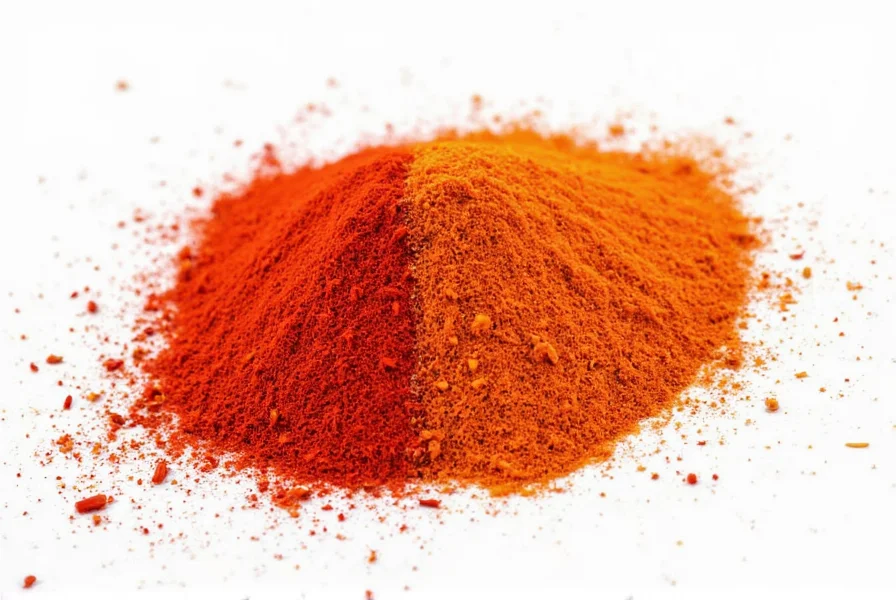
Culinary Uses: Where Each Pepper Shines
When to Use Cayenne Pepper
- Adding consistent heat to sauces, soups, or stews without altering texture
- Creating dry rubs for meats where even distribution is key
- Boosting heat in spice blends like Cajun seasoning or curry powders
When to Use Other Chili Peppers
- Jalapeños: Fresh salsas, nachos, or stuffed peppers (milder heat with fresh flavor)
- Habaneros: Tropical hot sauces, mango-based dishes, or Caribbean cuisine (fruity heat)
- Chipotles: Smoky barbecue sauces, adobo marinades, or chili con carne
- Poblanos: Mole sauces, chiles rellenos, or roasted vegetable dishes (mild, earthy)
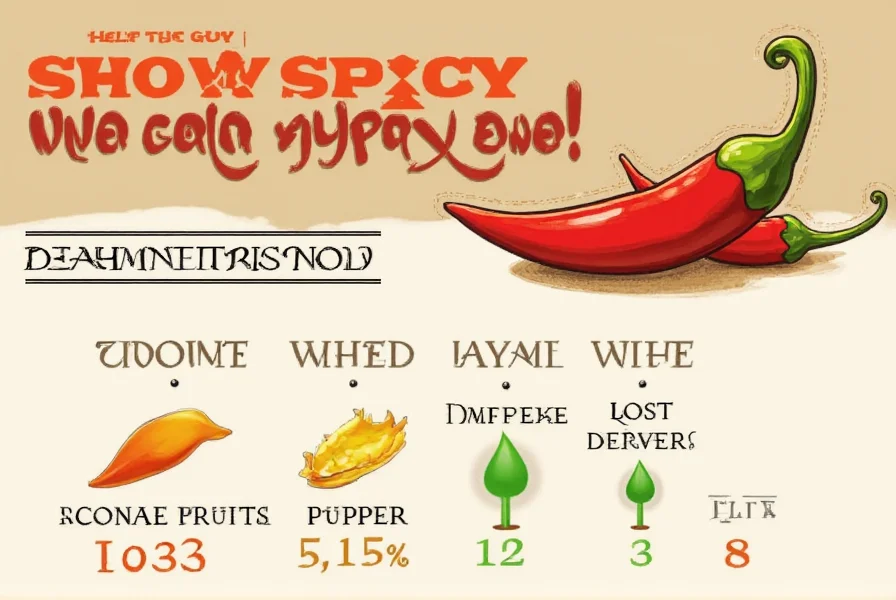
Buying Guide: Choosing the Right Chili
For Cayenne Pepper (Ground)
- Look for: Vibrant red color, strong aroma, no clumping
- Storage: Airtight container in cool, dark place (6–12 months)
- Top Brands: McCormick Culinary (consistency), Simply Organic (organic), Badia (budget-friendly)
For Fresh Chili Peppers
- Cayenne: Bright red, firm skin, no wrinkles
- Jalapeño: Smooth, dark green (ripened to red for sweeter heat)
- Habanero: Orange or red, glossy skin
| Product Type | Best For | Storage Tips |
|---|---|---|
| Ground Cayenne | Even heat distribution in sauces/rubs | Keep away from light/heat; replace every 6 months |
| Fresh Cayenne | Homemade hot sauce or fermenting | Refrigerate in paper bag; freeze for long-term |
| Dried Habaneros | Caribbean-style sauces | Store in sealed jar with desiccant |
FAQ: Your Burning Questions Answered
Is cayenne pepper hotter than jalapeño?
Absolutely. Cayenne (30,000–50,000 SHU) is 3–6 times hotter than jalapeños (2,500–8,000 SHU). A single cayenne pepper delivers more heat than 3–6 jalapeños.
What's the difference between cayenne pepper and red pepper flakes?
Red pepper flakes are typically a blend of multiple chili types (often including cayenne, but also bell peppers and other varieties). Pure cayenne pepper is made exclusively from cayenne chilies, offering more consistent heat and flavor.
Can I substitute cayenne for other chili peppers?
Yes, but adjust quantities. For jalapeños: use 1/4 tsp cayenne per jalapeño. For habaneros: use 1/8 tsp cayenne per habanero. Always start small and taste as you go.
Is cayenne pepper the same as chili powder?
No. Chili powder is a blend of ground chilies (often including cayenne), cumin, garlic powder, and oregano. Cayenne is pure ground cayenne chili with no additives. Cayenne is significantly hotter than standard chili powder.
What's the best way to store ground cayenne pepper?
Keep it in an airtight container away from light, heat, and moisture. For maximum potency, replace every 6 months. Write the purchase date on the container to track freshness.
Does cayenne pepper have health benefits?
Yes. Cayenne contains capsaicin, which may improve circulation, reduce inflammation, and boost metabolism. It's also rich in vitamins A and C. However, consume in moderation to avoid digestive irritation.

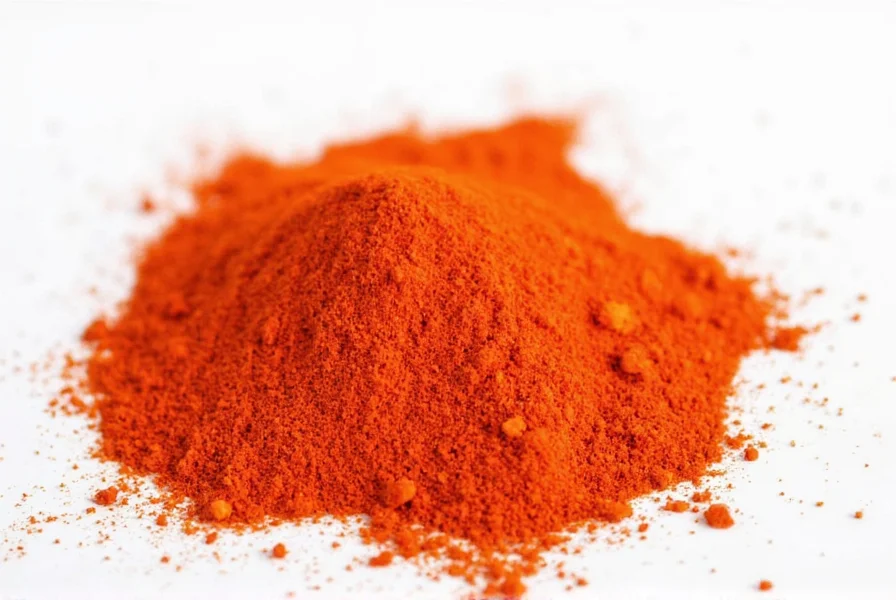









 浙公网安备
33010002000092号
浙公网安备
33010002000092号 浙B2-20120091-4
浙B2-20120091-4